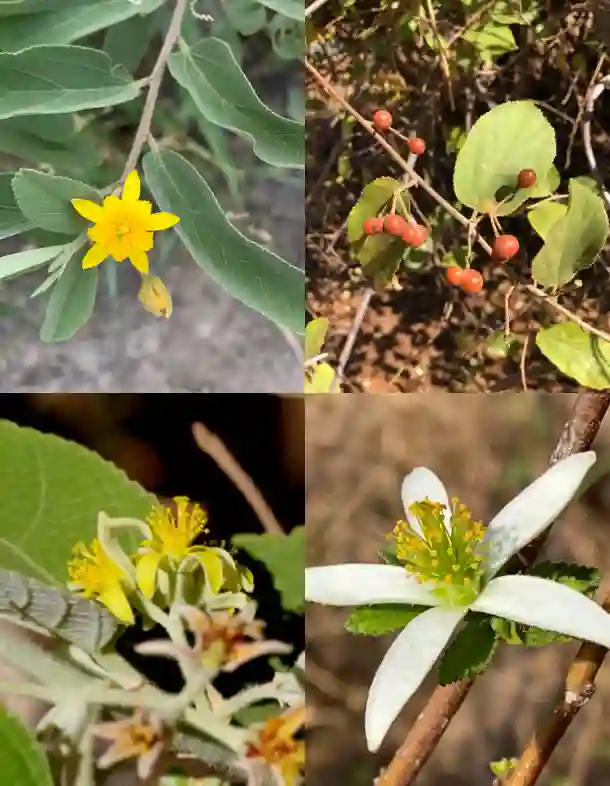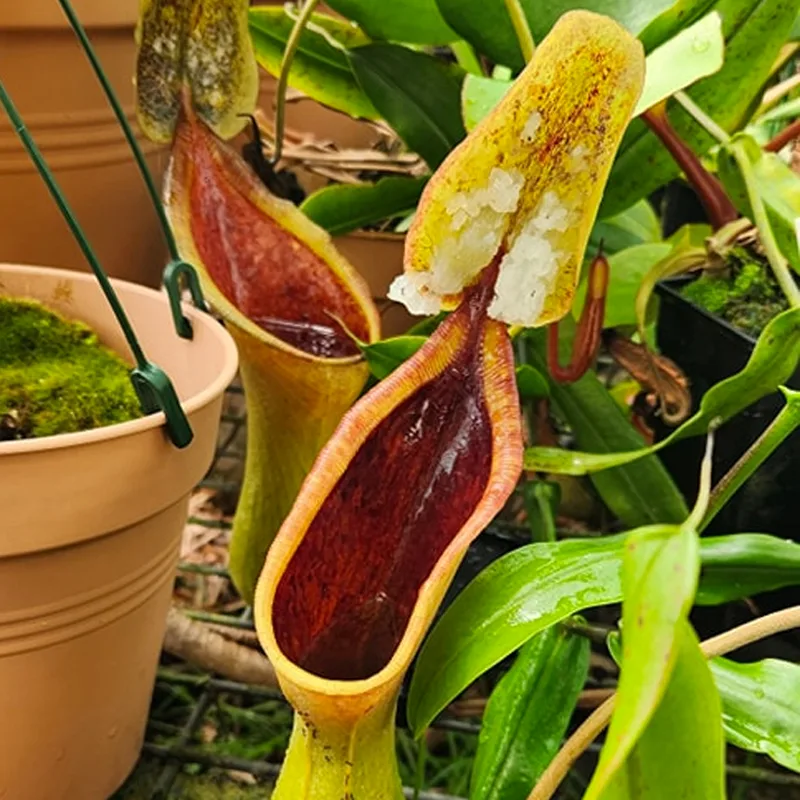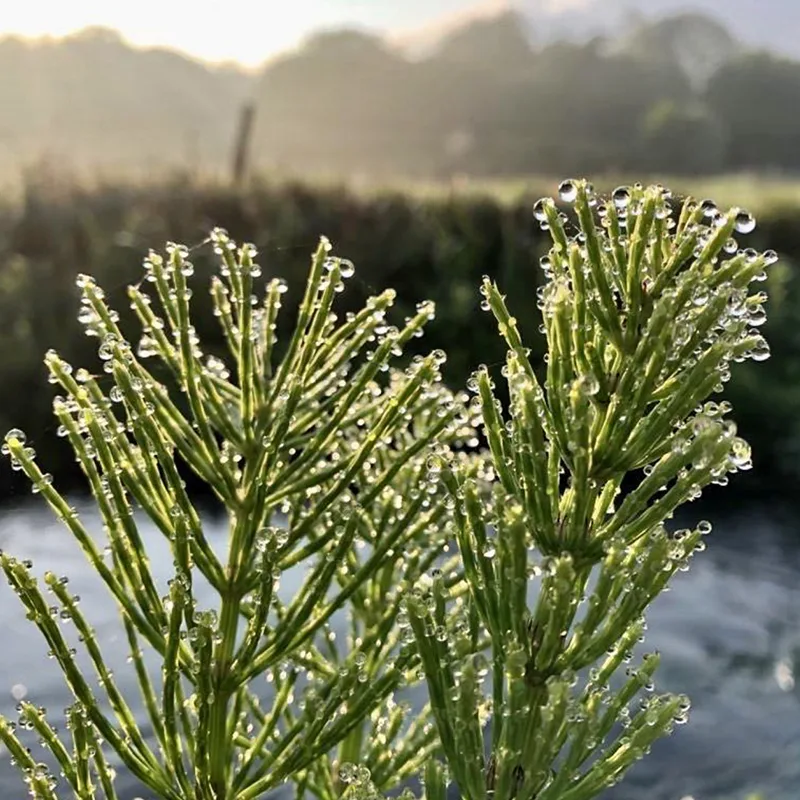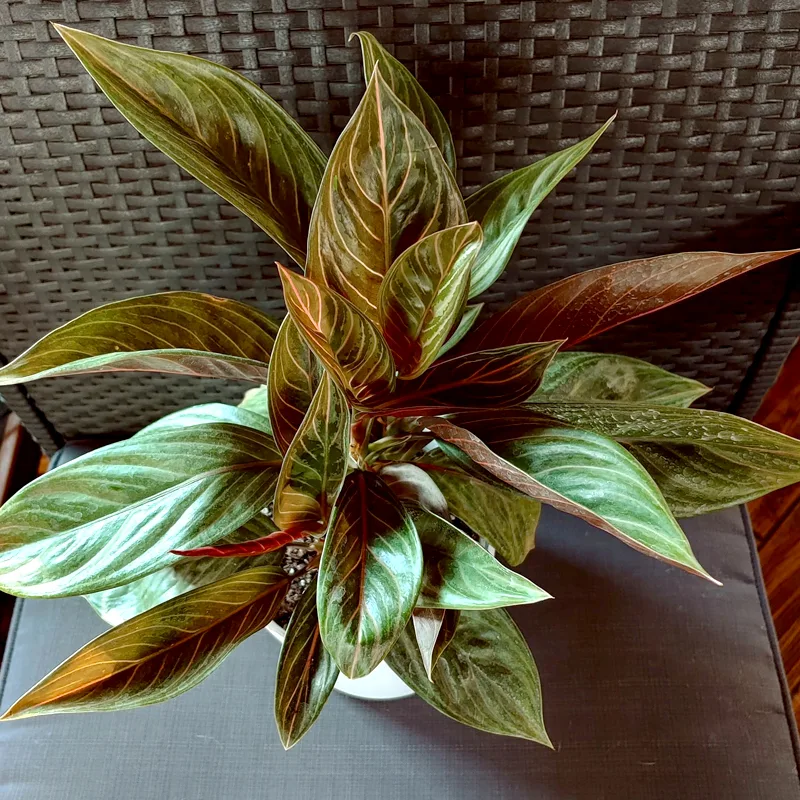FAQs About Cuphea Floriglory Diana
As a passionate gardener, I’ve had the pleasure of growing Cuphea Floriglory Diana, a striking plant that often piques interest among fellow green thumbs. This article delves into frequently asked questions about Cuphea Floriglory Diana, covering everything from its care to common issues and companion plants.
253 Species in Genus Cuphea
What Is Cuphea Floriglory Diana?
Cuphea Floriglory Diana, commonly known as Cuphea Diana or the “Glory Cuphea,” is a charming perennial shrub renowned for its vibrant, tubular flowers. These flowers, which bloom in shades of purple and pink, attract pollinators like bees and hummingbirds. The plant features glossy green leaves and a compact, bushy growth habit, making it a favorite for adding color and texture to garden beds and containers.
How to Care for Cuphea Floriglory Diana?
Caring for Cuphea Floriglory Diana is relatively straightforward, but a few key points ensure its vibrant performance:
- Sunlight: This plant thrives in full sun, meaning it requires at least six hours of direct sunlight each day. A sunny spot will promote abundant blooming and robust growth.
- Soil: Cuphea Floriglory Diana prefers well-drained soil. While it is tolerant of various soil types, it performs best in soil enriched with organic matter. Ensure good drainage to avoid root rot.
- Watering: Regular watering is crucial, especially during dry spells. Keep the soil consistently moist but not waterlogged. Overwatering can lead to root issues, so allow the top inch of soil to dry out between waterings.
- Fertilizing: Feed Cuphea Floriglory Diana with a balanced, water-soluble fertilizer every 4-6 weeks during the growing season. This encourages continuous blooming and healthy foliage.
How to Propagate Cuphea Floriglory Diana?
Propagating Cuphea Floriglory Diana can be done through both seeds and cuttings:
- Seeds: Start seeds indoors 8-10 weeks before the last frost. Sow seeds in a seed-starting mix, covering them lightly. Maintain a warm temperature and keep the soil moist. Once seedlings are large enough to handle, transplant them outdoors after the last frost.
- Cuttings: Take 4-6 inch cuttings from a healthy plant in late spring or early summer. Remove the lower leaves and dip the cut end in rooting hormone. Plant the cutting in a pot with well-draining soil and keep it moist until roots develop, which usually takes a few weeks.
What to Plant With Cuphea Floriglory Diana?
Cuphea Floriglory Diana pairs well with various plants, enhancing its visual appeal and creating a harmonious garden space:
- Petunias: The vibrant colors of petunias complement the hues of Cuphea Floriglory Diana. Their trailing growth habit also adds a lovely contrast.
- Salvia: Salvia’s tall, spiky flowers provide a vertical element that contrasts beautifully with the cuphea’s bushy form.
- Calibrachoa: Also known as million bells, calibrachoa offers a cascading effect and blooms in a range of colors that harmonize with Cuphea Floriglory Diana.
Benefits of Cuphea Floriglory Diana
Cuphea Floriglory Diana brings several benefits to a garden:
- Attracts Pollinators: Its bright, tubular flowers are a magnet for bees and hummingbirds, promoting biodiversity and aiding pollination.
- Low Maintenance: This plant is relatively easy to care for, requiring minimal upkeep once established.
- Versatile: Whether in garden beds, containers, or hanging baskets, Cuphea Floriglory Diana adapts well and adds vibrant color to various settings.
Is Cuphea Floriglory Diana Toxic?
Cuphea Floriglory Diana is not considered toxic to humans or pets. However, as with many plants, it’s best to avoid ingestion to prevent any potential gastrointestinal upset. Keeping the plant out of reach of young children and pets is always a good practice.
Common Problems and Solutions
Despite its hardiness, Cuphea Floriglory Diana can encounter a few issues:
- Powdery Mildew: This fungal disease appears as a white, powdery substance on the leaves. Ensure good air circulation and avoid overhead watering to reduce humidity, which fosters mildew.
- Pests: Watch for aphids and spider mites, which can sometimes infest the plant. Use insecticidal soap or neem oil to control these pests effectively.
Comparing Cuphea Floriglory Diana with Other Plants
If you’re deciding between Cuphea Floriglory Diana and other similar plants, here’s a quick comparison:
- Cuphea vs. Verbena: Both offer vibrant blooms and attract pollinators. Cuphea Floriglory Diana has a bushier form and more tubular flowers, while Verbena tends to have a more spreading habit with smaller blooms.
- Cuphea vs. Lantana: Lantana is another hardy, colorful plant that thrives in similar conditions. However, Lantana generally has larger, cluster-like flowers and a more sprawling growth habit compared to the compact Cuphea Floriglory Diana.
Cuphea Floriglory Diana is a delightful addition to any garden, providing beauty, attracting wildlife, and requiring minimal care. Whether you’re a seasoned gardener or a beginner, this plant offers a splash of color and charm to your outdoor space.
If i die, water my plants!



